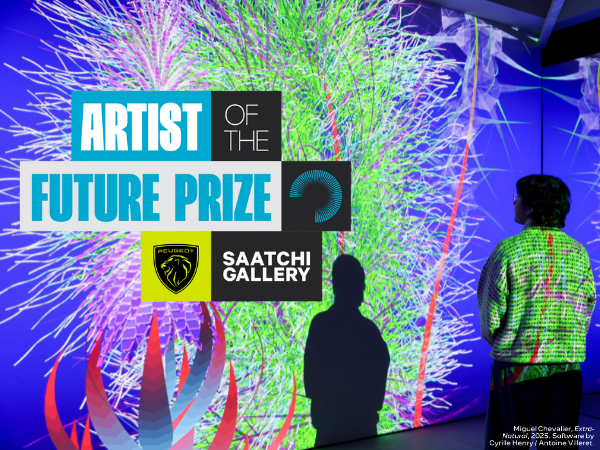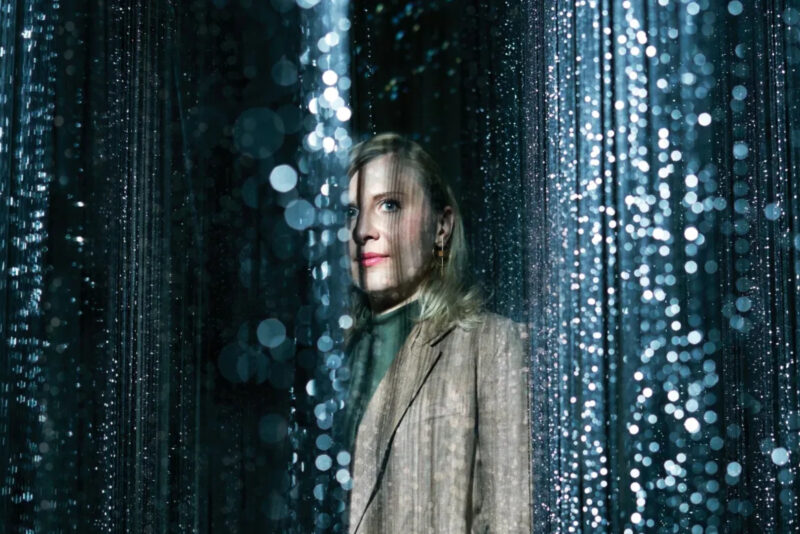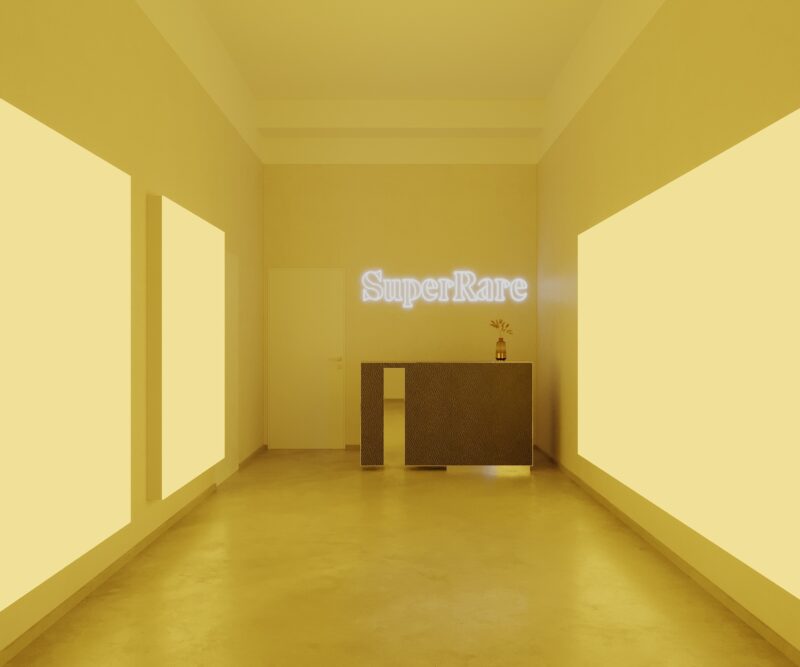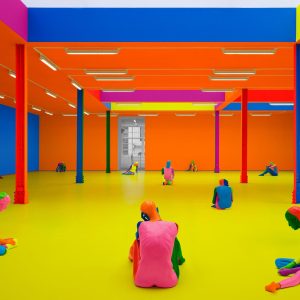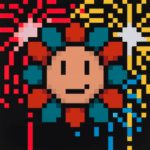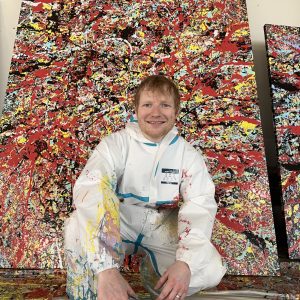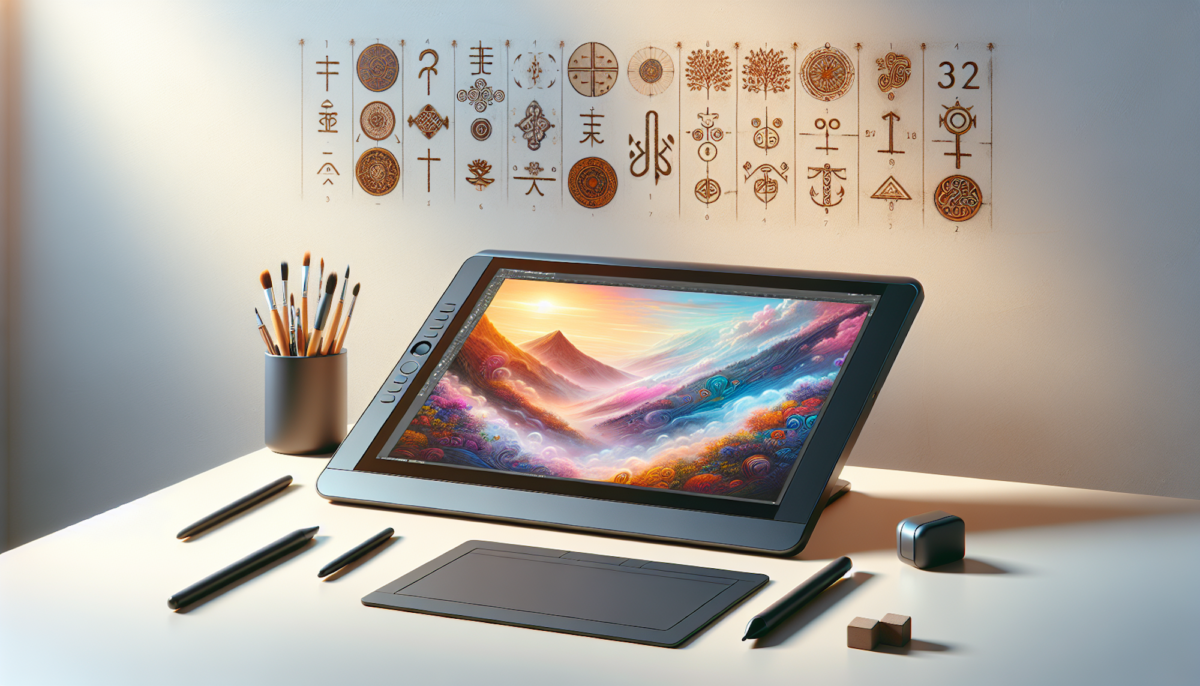
The industry of drawing tablets has recently changed the way artists can create their favourite titles digitally, bringing together traditional and digital forms of realisation. The world of digital art is going through a dramatic change with the advent of drawing tablets. This essay will convey a dual perspective, showing the internal evolution of the theme and how the drawing tablet world passed from an initial disbelief to a full-reaching acceptance of the artist community while exploring the development, age and fascinating future of drawing tablets. Welcome to this complex interactive and multilayered change in the world of digital arts. Recently the art of drawing tablets has changed several things of the old art of digital drawing. The art world has overcome its doubts and is now fully embracing the multiple possibilities offered by drawing tablets.
From Skepticism to Acceptance
Most traditional art practitioners were against digital art from the start, considering it a lesser form of expression than drawing or painting on canvas. Artists then, though working with digital media, brought with them the basic tools that would become the basis for the creation of drawing tablets. In turn, the perceived mind/body disconnect receded for as long as artists used those tools.
Concerns over authenticity – would technology capture the ‘spirit’ and ‘feel’ of traditional art? – combined with the explicit detour between the artist and their work, provoked suspicion of digital art. In the view of many, artists could and would lose control of the tools and media, affecting both artistic production and reception. As artists delved deeper into digital tools for making art, however, abundant possibilities appeared: drawing tablets would allow you to make precise, detailed work through the possibility of error correction, reworking and playing with diverse ‘brushes’ and ‘textures’.
The people who make, sell and buy art eventually came to see that there were indeed opportunities to be explored in digital art and drawing tablets (interestingly, such misgivings had also met analog art and drawing tablets). Artists also realised that, somehow, they could harness the benefits of new digital techniques – being able to blend high-tech innovation with craft – to achieve visual effects that might not easily be achieved in other ways. With subversion, some professionals accepted the possibility of working with digital tools in new ways, and a new era of digital art – which has delighted many audiences around the world – seems to have been born from this.
Introduction of Drawing Tablets
Digital painting at the time seemed to herald an exciting new world of artistic possibilities: drawing tablets seemed like the long-awaited marriage between traditional freehand creative vision and virtual media, which would finally allow artists to seamlessly translate their freehand vision to the virtual canvas. Early drawing tablets granted artists a higher degree of freedom than before: they could add digital details and flow while maintaining the feel of a hand-drawn piece.
The introduction of drawing tablets signalled a new era in the world of digital art, providing artists with a tool that closely resembled the tactile experience of traditional drawing and painting. The ability to use a stylus to directly interact with a digital canvas revolutionised and enhanced the intuitiveness and naturalness of the creative process. Since it offered a comfortable transition to the new medium, this innovation attracted a lot of traditional artists who had previously been reluctant to try their hand at digital art.
Evolution and Innovation
The world of drawing tablets has seen progress and advancement in times. Modern devices now boast features like tilt response, enhanced pressure sensitivity and the ability to draw directly on the screen. These advancements have successfully recreated the tactile feel of drawing on paper, revolutionising the user experience and opening up possibilities for artists. As a result, artists can blend techniques with tools to explore the boundaries of artistic expression.
Moreover, the widespread adoption of drawing tablets has paved the way for creative communities to reshape how art is created and consumed. Thanks to drawing tablets, people from different backgrounds can easily engage in pursuits democratising art creation processes. Furthermore, events like Digital Week London 2024 offer platforms for artists to present their work globally and connect with an audience. These gatherings foster collaboration among creators worldwide and create a sense of community that enriches the art landscape.
The Horizon of Future Innovations
These devices might be able to blend with augmented reality tools, revolutionising how we engage with and perceive art. Envision having the ability to fully submerge oneself in a digital piece of art, scrutinising it from every angle and viewpoint. It’s an exciting possibility that may deepen our appreciation and comprehension of art in previously undiscovered ways.
The fields of art and culture have already been profoundly impacted by drawing on tablets. From specialised instruments, they have developed into indispensable parts of the artist’s toolbox. By bridging the gap between traditional and digital forms, drawing tablets have increased art’s accessibility and inclusivity. They have enabled artists to produce and exhibit their work globally, fostering a livelier and more varied creative community

